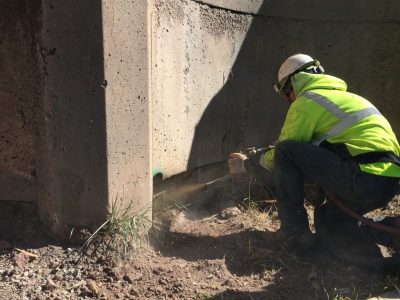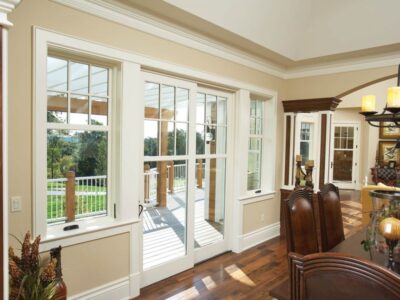Australia’s varied climate and unique style have led to a diverse range of roof types suited for the weather patterns and aesthetic preferences seen across the country. Understanding the different roof types not only helps homeowners decide on a style that complements their house design but also ensures their home is protected against the local elements. Here’s a guide to some of the most common Australian roof types.
Slate roof
Slate roofing, revered for its natural beauty and remarkable longevity, stands as an epitome of elegance and durability in roofing materials. Mined from natural slate rock, these tiles are celebrated for their unique texture and color variations that contribute to the roof’s aesthetic appeal, making each installation distinct. Not only does slate boast a lifespan that can exceed 100 years with proper maintenance, but it is also fire-resistant and environmentally friendly, given its natural composition. The density of quality slate roofing in Sydney offers exceptional protection against harsh weather conditions, making them a prestigious choice for homeowners who prioritize longevity, sustainability, and timeless beauty in their roofing selection. Despite its higher upfront cost and the requirement for specialized installation, the long-term benefits of slate roofing, including minimal maintenance and its impact on property value, make it an investment worth considering for those constructing or renovating their dream home.
Gabled Roofs
The gabled roof is one of the most traditional roof shapes, recognizable by its triangular shape. It is a popular choice across Australia for its simplicity and effective water drainage. They also provide more space for an attic or vaulted ceilings and are easier and more cost-effective to build than more complex roof structures.
Hip Roofs
Hip roofs have slopes on all four sides, which are usually of equal length, coming together at the top to form a ridge. This design offers excellent stability and is more resistant against high winds, making it perfect for coastal areas in Australia prone to cyclones. Hip roofs also provide generous shade around the building perimeter, an important feature in the hotter regions.
Flat Roofs
These roofs have a very low pitch allowing for a modern and minimalist look that is becoming increasingly popular in urban Australian architecture. Flat roofs are versatile and can be used to create rooftop gardens or additional outdoor living spaces. They do, however, require more maintenance to ensure they remain watertight due to their low incline.
Skillion Roofs
Skillion roofs are essentially single-sloped like one half of a triangular gabled roof or an angled flat roof. They are straightforward to construct and lend themselves to a contemporary aesthetic. Skillion roofs are also perfect for installing solar panels at the optimal angle for energy capture and are well-suited for rainwater harvesting.
Mansard Roofs
Inspired by French architectural style, mansard roofs have a four-sided design with each side having a double slope. The lower slope is much steeper than the upper one. These roofs not only look elegant but also provide ample space for additional living areas in the roof space, such as an attic or loft. This particular style is less common than others in Australia but can be found on some European-styled homes.
Curved Roofs
Curved roofs add a unique and modern touch to Australian homes. They can be designed in various degrees of curvature, creating dynamic shapes and allowing architects and designers to play with light and space. Their natural aerodynamics make them suitable for withstanding strong winds, while their shape allows for easy water runoff.
Butterfly Roofs
Resembling the wings of a butterfly, this roof type consists of two skillion roofs angled down towards each other, often with an upward angle. The central valley created between the two panels is ideal for water collection, and the high sides of the roof allow for larger windows, which can offer enhanced natural lighting and ventilation.
Sawtooth Roofs
The sawtooth roof, with its series of ridges resembling the teeth of a saw, is typically found on industrial buildings but has been adapted for residential use for those wanting an industrial aesthetic. The vertical surfaces can be glazed to provide ample natural lighting throughout, making them particularly fitting for homes that double as creative or workshop spaces.
In conclusion, Australian roof types offer a blend of practicality and style, catering to the vast range of climates and design preferences found in this diverse country. Whether you’re building or renovating, considering the right type of roof is essential for aesthetic appeal, energy efficiency, and durability in the face of Australia’s unique environmental conditions. Choosing the best roof for your home will ensure it stands strong and looks great for years to come.








Comments